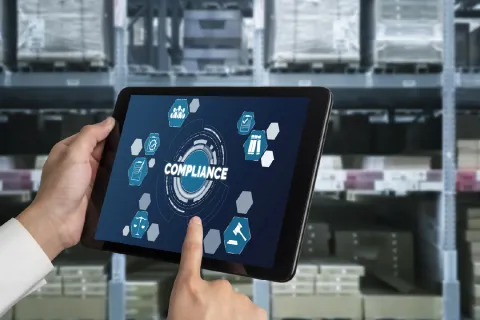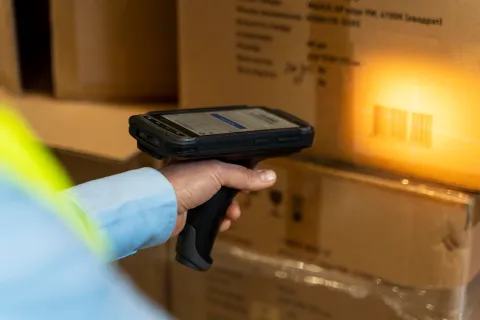
Electronic Product Information (ePI) refers to the electronic version of the Patient Information Leaflet (PIL) that is provided with medicines. The ePI contains important information about the medicine, such as its active ingredients, indications, contraindications, dosing instructions, side effects, precautions, and storage conditions.
The purpose of ePI is to provide patients, healthcare professionals, and regulators with accurate and up-to-date information about medicine. The ePI is often provided in electronic formats, such as PDFs or webpages. Healthcare professionals and patients can access it through various channels, such as pharmaceutical company websites, Regulatory Agency portals, or mobile apps. Some ePIs are interactive and include multimedia content, such as videos or animations, to help users understand the information provided in a better way.
The ePI aims to improve the accessibility and usability of product information, allowing patients and healthcare professionals to access the most up-to-date and accurate information about a product quickly and easily. It also supports pharmacovigilance activities enabling real-time product information updates in response to emerging safety concerns or new clinical evidence.
ePI is part of the ongoing digital transformation of healthcare, and it is designed to improve patient safety and support more effective and efficient use of medicines and medical devices. ePI offers several benefits, such as easy access, interactivity, and updating information in real-time. However, there are several challenges associated with ePI, including:
- Access: While ePI can provide easy access to product information, it requires internet access, a device, and the ability to navigate through electronic documents. This can be challenging for patients who are not familiar with using technology or who do not have access to the internet.
- Language Barriers: ePI is typically available in several languages, but it may not be available in all languages required by patients or healthcare professionals. This can be a challenge in countries where multiple languages are spoken or where there are large numbers of immigrants or refugees who may not speak the official language.
- User Experience: ePI must be easy to use and navigate, with an intuitive layout. Otherwise, patients may struggle to find the information they need or may misunderstand the instructions. It is important to ensure that ePI is user-friendly, especially for patients with limited digital literacy.
- Data Protection: ePI may contain some sensitive information that must be protected from unauthorized access or disclosure. This requires robust security measures to ensure patient privacy and data protection.
- Legal Compliance: ePI must comply with Regulatory requirements for content, format, and accessibility. It must also be updated in real-time to reflect the latest safety information, which can be challenging for manufacturers to maintain.
- Technical Challenges: ePI must be accessible on a variety of platforms and devices, which can be challenging for manufacturers. Technical challenges can include issues with compatibility, formatting, and software updates. Manufacturers must ensure that ePI is compatible with different devices and operating systems to ensure that patients and healthcare professionals can access the information they need.
- Acceptance: While ePI has been available for many years, some patients and healthcare professionals may still prefer the paper-based PIL. Manufacturers may need to continue to provide paper-based PILs and ePI to meet the needs of all patients and healthcare professionals.
Even though some challenges are associated with the transition from paper leaflets to the ePI, the global HAs are adopting ePI, and some countries like Japan are already mandating ePIs. Some European countries are also in the pilot phase and evaluating the benefits associated with the ePI.
With newer technologies coming up every other day, the shift from paper to digital is the way forward. Transitioning to e-leaflets requires experts with Regulatory knowledge who can ease the process for you. With an in-house pool of professionals, Freyr will be the right partner of choice for the transition. Reach out to us!









